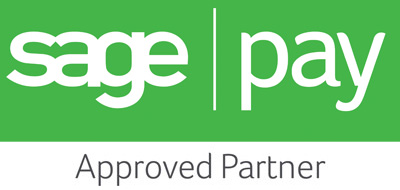Is It Time For A Facelift – Part 2
We're looking at the process behind rebuilding your website. We know from experience that what starts out as a couple of layout changes, a new page here and there and an improved search function often ends up as a much bigger list of far-reaching changes that turn the project into a full on website rebuild, but how does this happen? We're going to outline the process of revamping your website to make it crystal clear.
First, you need to complete an audit of your existing site, so you'll need a set of criteria by which to judge the quality of your current site.Include visual design aspects, written content, keywords and the angle you are taking (and also whether this angle reflects your customers' needs). Ask for input from your key staff, including any marketing personnel, sales staff, technical support and R&D teams.Having several pairs of eyes on the project means you're less likely to miss something that should have been included in the project. Remember, also, that all your departments rely on the website for some purpose or another, so they all have their own needs and ideas to share.It is at this point that you will see whether a few changes are needed, or whether it's a full-scale rebuild project.
To collate the results of your audit you will need to spend some time reading and digesting what has been identified, so you can pick out the key threads. Some things will be universal, but other areas for attention may only have been noticed by one person: be careful not to make the mistake of thinking that it's not important just because no-one else picked up on it. Hold a feedback session where your internal stakeholders can discuss the findings of the audit and prepare a list of changes that need to be made.
With this list in hand, start to write a brief that you can send to digital marketing agencies, like ourselves. You may need to create a technical brief and a creative brief if your website has lots of online functionality, such as a members' area or e-commerce. This is where the working partnership really starts, and for the first meeting, at least, everyone involved in the project should attend.
When agreeing the scope of the project it is a good idea to set a limit on the number of rounds of changes you make with the design team, as projects often stall at this stage when you become stuck in cycles of minor changes that take up a lot of time.It is also a good idea to agree timescales and periods for testing, so that another bottleneck doesn't form while features are scrutinised and bugs are reported. You may be looking at three rounds of testing, an initial, wide-scope testing of the whole site, a second round where bug fixes are tested and a final testing phase to ensure everything is working as it should.
Once the site build has been signed off it's time to go live, and to start promoting your new website, and this is something that we can also help with, as our working partnership doesn't end abruptly when the site launches. We recommend having a maintenance or management agreement to cover minor changes, new page builds or other work that may be needed in the months after your new site greets the world. Customer feedback is vital in understanding what small tweaks or changes might be needed to make your new website the best it can be.
Get in touch with us to start your website facelift journey, and put a fresh face out there.
